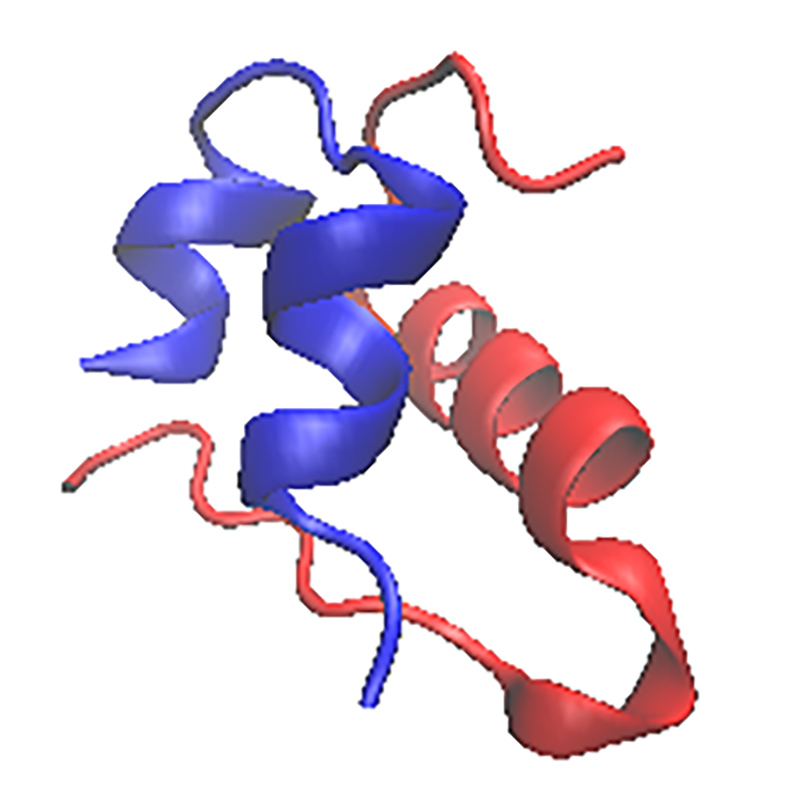Drug discovery: rational design of biological antibiotics
Rational design of ultrashort self-assembling antimicrobial peptides: structure-function relationship, mechanism of action and therapeutic applications. Lead researcher - Priscila Cardoso
Fundamental research
Functional and toxic amyloid nanostructures: structure elucidation, interactions with biomolecules and applications in bio-nanotechnology. Lead researcher - Dr Durga Dharmadana
Pre-clinical and translational research
Delivery of therapeutic peptides and proteins. Lead researcher - Dr Jamie Strachan in collaboration with Prof Charlotte Conn (RMIT).
Industry service research
Biophysical and physicochemical characterisation of pharmaceutical formulations. NanoBiopharm team’s technical expertise.
Peptide composite materials for biomedical applications
Bio-inorganic materials for drug delivery and bio-sensing. Lead researcher: Mr Brody McDonald










